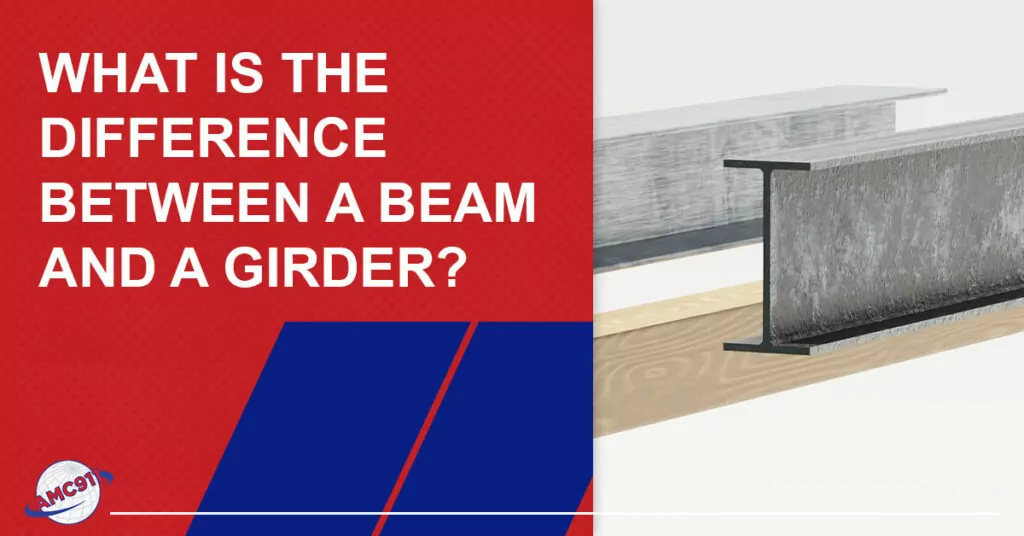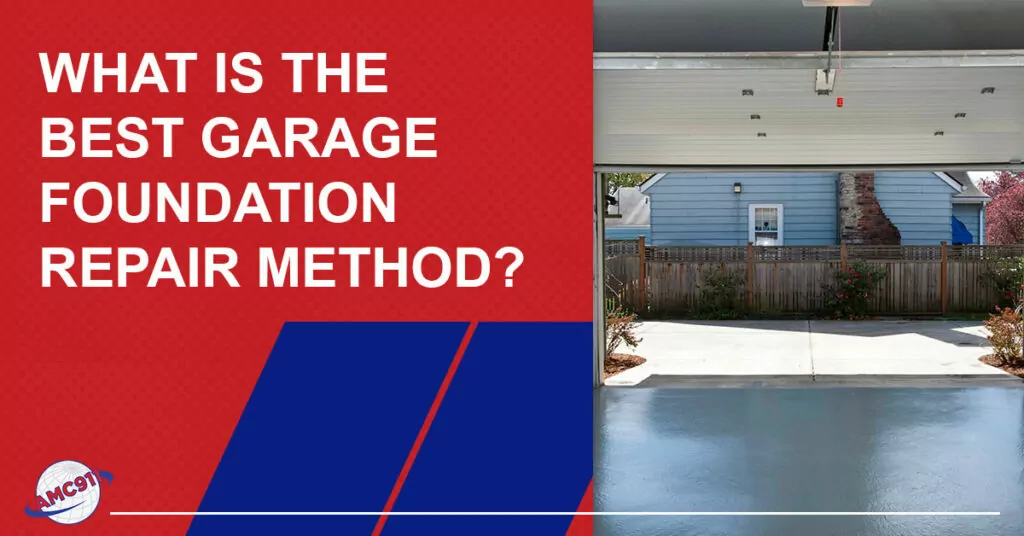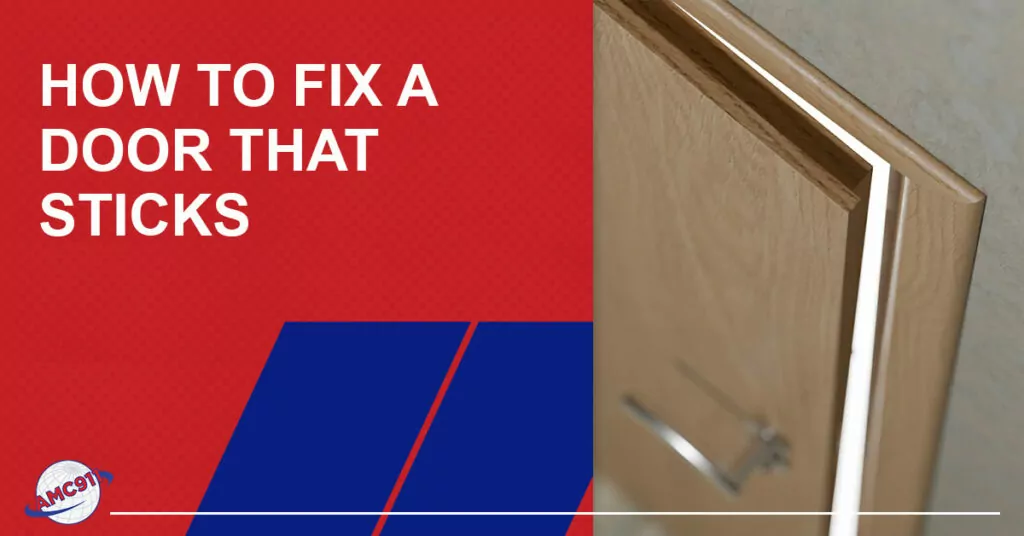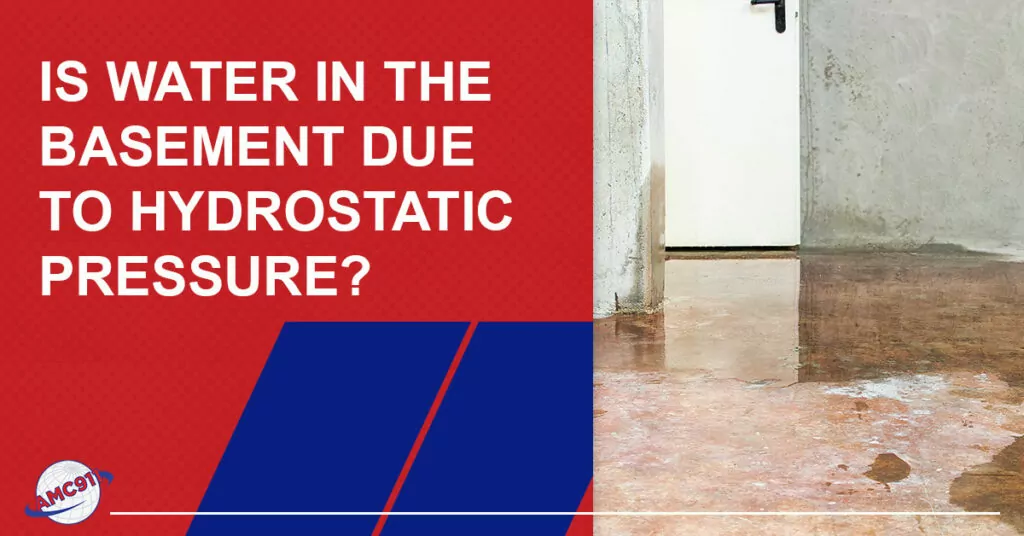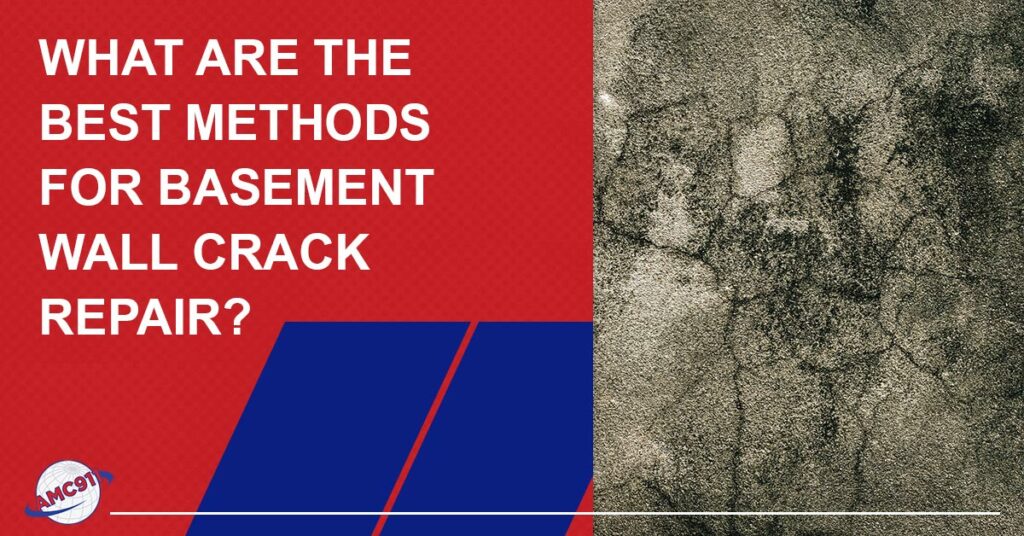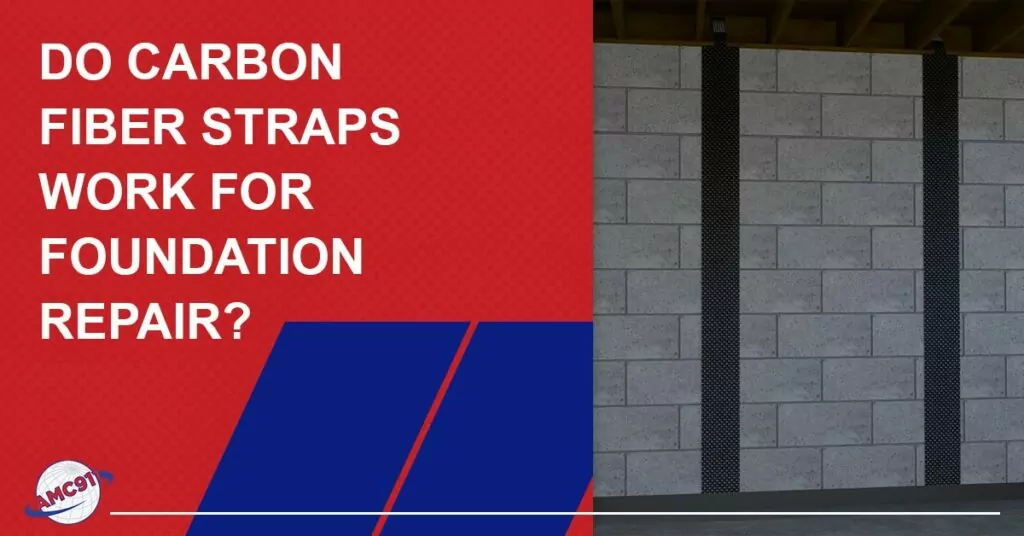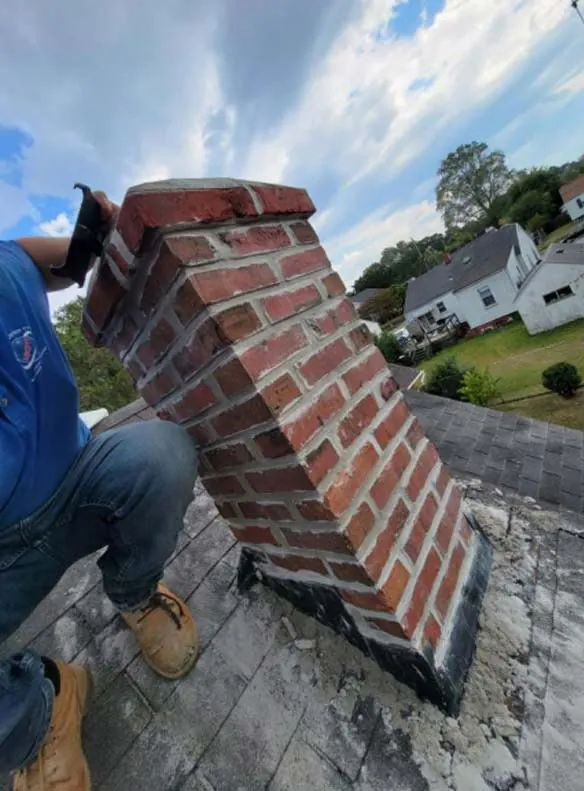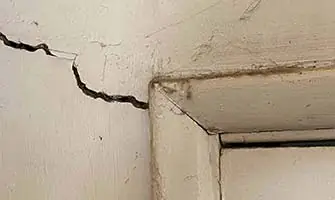One of the signs that you may have a foundation settlement problem, is when your baseboard trim is pulling away from your floor. A home settlement issue is caused when the soil beneath the foundation changes and shifts. When soil becomes too wet, it will heave and swell. When soil becomes too dry, it shrinks. As the soil beneath the foundation keeps shifting and moving, so does the foundation that is above it. This causes structural damage throughout the home. Some of these signs are:
- Cracks in the drywall
- Cracks in the floor
- Sloping or uneven floors
- Leaning chimney
- Cracks in brickwork
- Gaps around doors or windows
- Bowing or leaning walls
In addition to pressure cracks, shrinkage and settlement cracks can form in all foundation walls. These cracks can be vertical or horizontal. Hairline cracks like these should be watched, as they can sometimes be safely left alone if there has been no change in their size and shape. Settlement and shrinkage cracks do not necessarily indicate a structural problem, but if the cracking is severe and ever-changing, professionals should be called and a piering system installed.
It’s essential to understand which findings are important and what they mean for you since every home inspector finds different problems. While many safety regulations are standard, some may fall into the “grey zone,” meaning there is uncertainty about the severity of the issues. You may find it helpful to learn some basics before engaging in the negotiation process, even if the home is a new build. A good home inspector should be able to tell you if a problem is major or minor and what needs to be repaired or replaced. The inspector can point out problems in real-time if you go through your home inspection. Repairs to a foundation can be costly, and foundation problems usually indicate more significant problems elsewhere in the house.
Foundation Wall Cracks – Recognize the Differences
Concrete and brick foundation walls are going to crack, the trick is recognizing which ones are ok and which are serious. Here is a list from most to least serious:
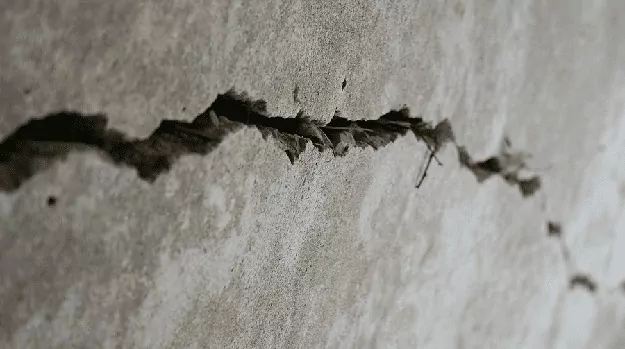
Horizontal Cracks
Most commonly caused by frozen, water-soaked soil that has expanded and pushed the foundation wall inward or often from soil expansion and shrinkage during extreme moisture or drought. Professional assistance is a must, these cracks often result in the need of a new foundation.
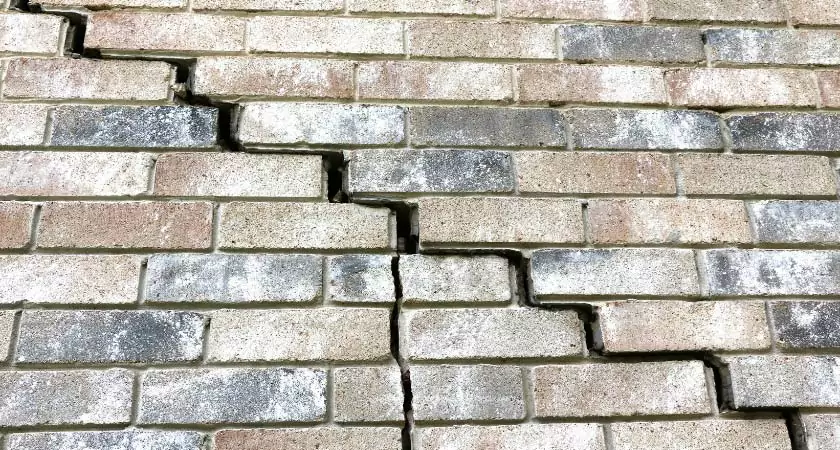
Stair-Step Cracks in Masonry Joints
A misplaced gutter or downspout is probably the cause of these types of wall cracks. Excessive moisture causes more pressure, resulting in cracking, bulging, and bowing.
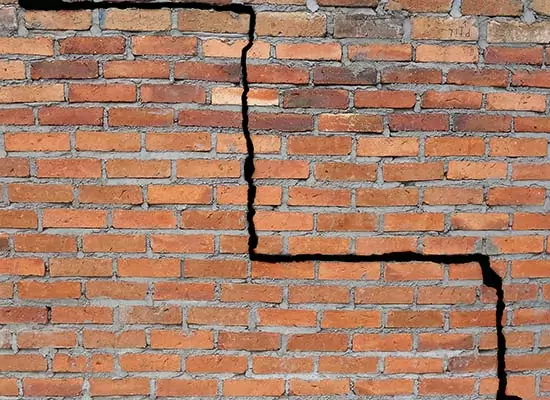
L-Shaped Cracks
These cracks are usually caused by shrinkage. Generally, not a structural issue, but they may need attention if you notice water seepage.
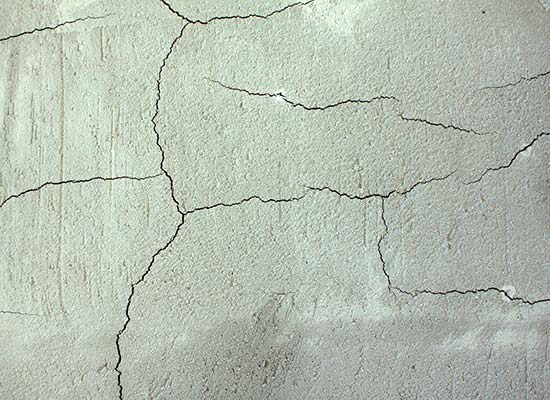
Hairline Cracks
Appearing in the mortar and between concrete blocks are normal and rarely worth being concerned about.
Monitor Your Foundation Wall Cracks
If you have noticed a change in any wall cracks, such as widening, spreading, or moving there may be a serious problem. Always monitor the length and width of questionable cracks, you can do so with a pencil by marking the ends directly on the foundation wall. If your marks end up crooked when you check them again, you’ll know that the crack has grown. Be sure to date all marks so we can determine the rate at which the wall is deteriorating when you call us. Contact the professionals at AMC911 Crawl Space & Foundation Repair to help you with all of your foundation wall cracks.

